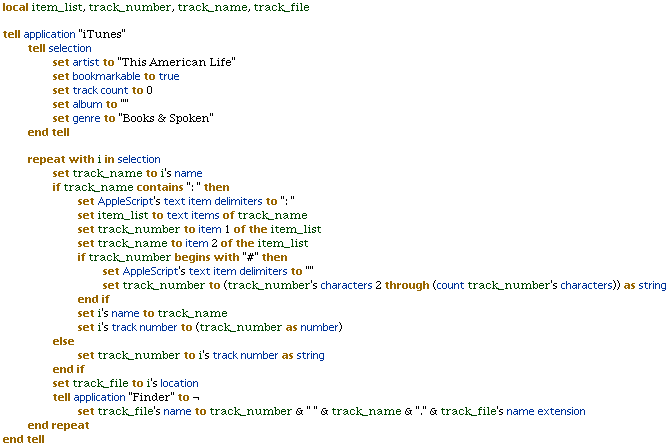Monday, 17 July 2006
Going to WWDC; ICeCoffEE Intel
I’m going to be at Apple’s Worldwide Developers Conference next month, and hope to get a chance to meet all of my friends who have moved California-ward, as well as some people I have only known online. The only other WWDC I’ve been to was in 1999. Things have changed just a bit since the days of Mac OS X DP1 and the just-introduced bronze keyboard PowerBook G3s Apple gave away at the time. Not sure who I’ll be staying with yet, but I’ll be in California from August 5 to 13.
If you have an Intel Mac and are interested in testing the Intel version of ICeCoffEE (and aren’t already in the testing group), please email icecoffee at sabi.net. I’ll work on getting the installer ready this week; if nobody reports any problems, it should be ready to release by the weekend.
 3:11 PM
3:11 PM 1 Comment
1 Comment